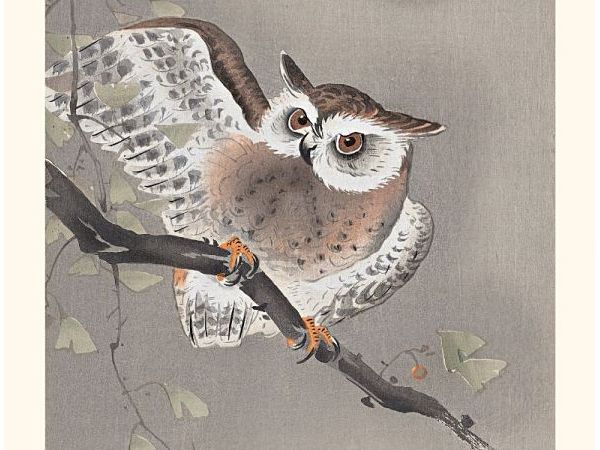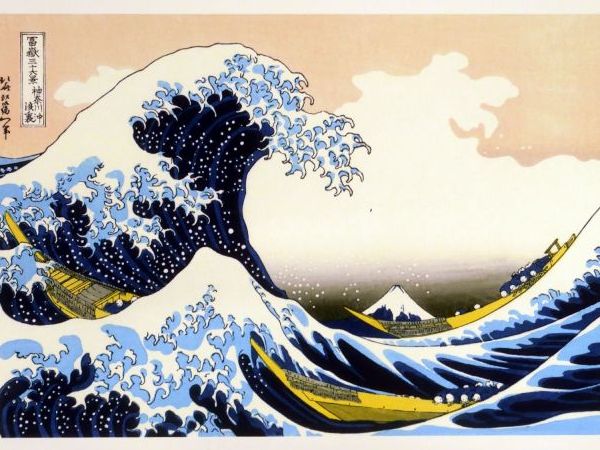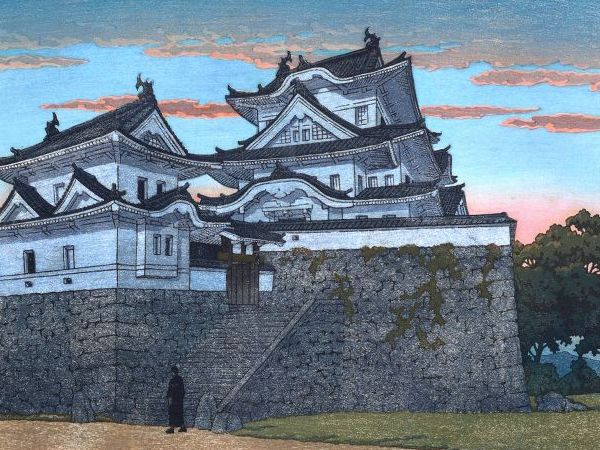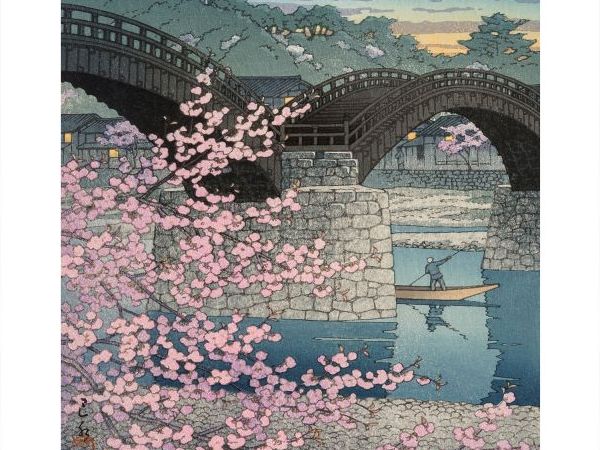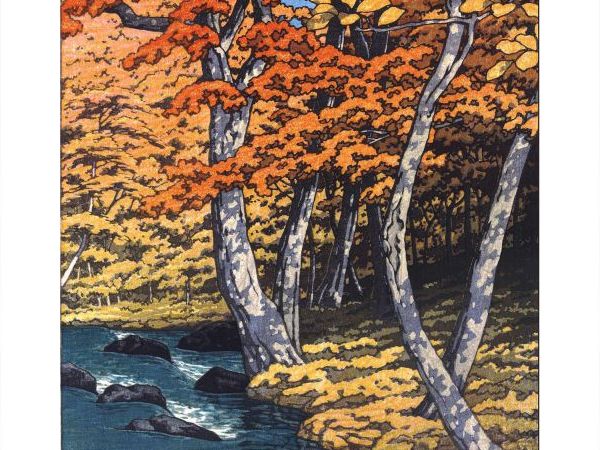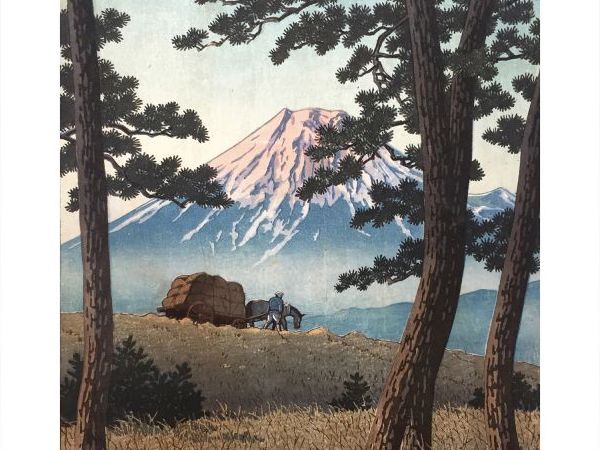Japanese prints
Prints are an important part of Japanese decoration. They are of high quality to guarantee a perfect resemblance with the original.
Japanese prints, also known as ukiyo-e, are works of art that were produced in Japan between the 17th and 19th centuries. Japanese prints often depict scenes of daily life, landscapes and characters from Japanese mythology and fairy tales. Some of the most popular subjects of Japanese prints are temples and shrines, Japanese animals, winter snow, lakes, sea and coastlines, evenings and nights, Japanese cities, villages and castles, Japanese characters and tales, bridges and rivers in Japan, Japanese warriors and samurai, autumn and rain, Mount Fuji, countryside and nature.
Japanese temples and shrines are popular subjects in Japanese prints because of their cultural and religious importance in Japan. Japanese prints often depict temples and shrines in their natural context, surrounded by natural landscapes such as mountains, rivers and forests.
Japanese animals are also common subjects in Japanese prints. Animals depicted include deer, foxes, koi carp, cranes, monkeys, cats and dogs. These animals often have symbolic meaning in Japanese culture and are often depicted in mythological and legendary scenes.
Winter snow is another common subject in Japanese prints. Snow is often depicted in mountain, forest and cityscapes, and is often used to create an atmosphere of tranquility and calm. Japanese winter snow prints are often highly detailed, with delicate patterns depicting snowflakes and ice crystals.
Lakes, the sea and coastlines are also popular subjects in Japanese prints. Japanese prints often depict the coastal landscapes of Japan, with views of the sea and beaches. Lakes are also often depicted in Japanese prints, with scenes of fishermen and boats.
Evenings and nights are another popular subject in Japanese prints. Japanese prints often depict streets and buildings lit by the glow of lanterns and candles. Japanese evening prints are often very detailed, with intricate patterns representing shadows and lights.
Japanese cities, villages and castles are also popular subjects in Japanese prints. Japanese prints often depict the towns and villages of Japan, with scenes of the daily lives of the inhabitants. Japanese castles are also often depicted in Japanese prints, with views of the city from the castle walls.
Japanese characters and tales are also common subjects in Japanese prints. Famous figures of Japanese mythology and storytelling, such as geishas, samurai and deities, are often represented in dynamic and colorful scenes. Japanese prints of characters are often very detailed, with intricate patterns representing traditional clothing and accessories.
Bridges and rivers in Japan are also popular subjects in Japanese prints. Bridges over rivers are often depicted in peaceful scenes, with fishermen and walkers. Japanese prints of bridges and rivers are often very detailed, with delicate patterns representing the surrounding water and vegetation.
Japanese warriors and samurai are also common subjects in Japanese prints. Japanese prints often depict warriors and samurai in battle scenes, with traditional weapons and armour. Japanese prints of warriors and samurai are often very dynamic, with complex patterns representing the movements and expressions of the characters.
Autumn and rains are also popular subjects in Japanese prints. Autumn is often depicted with warm colours and maple leaf motifs, while Japanese rain prints often depict scenes of everyday life in the rain, with umbrellas and traditional clothing.
Mount Fuji, the highlight of Japan, is also a common subject in Japanese prints. Japanese prints from Mount Fuji often represent the mountain in its natural setting, surrounded by landscapes such as tea fields, forests and lakes.
Countryside and nature are common subjects in Japanese prints. Japanese prints often represent the rural landscapes of Japan, with views of rice fields, forests and mountains. Japanese prints of nature are often very detailed, with complex motifs representing the plants and animals of the region.

.jpg)

















































































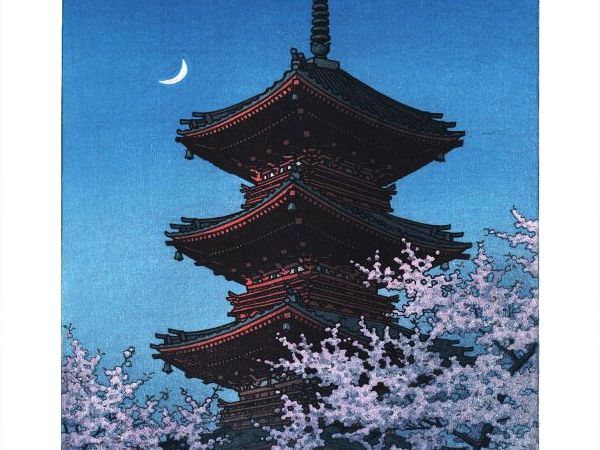
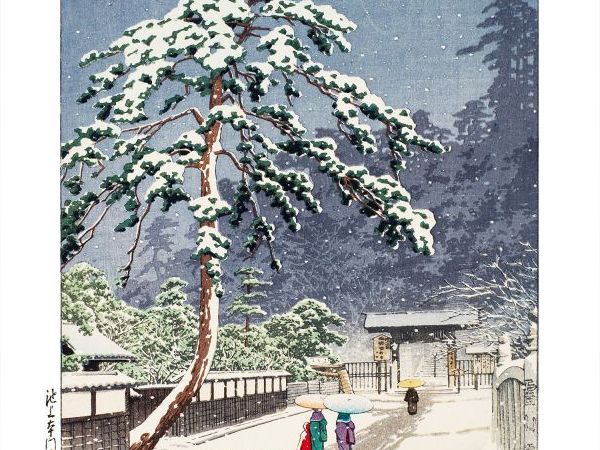
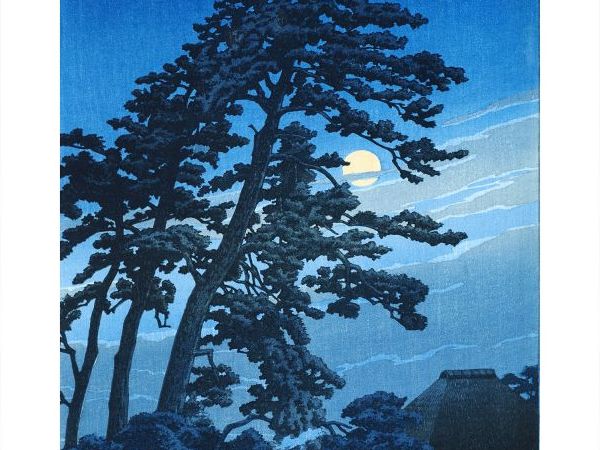
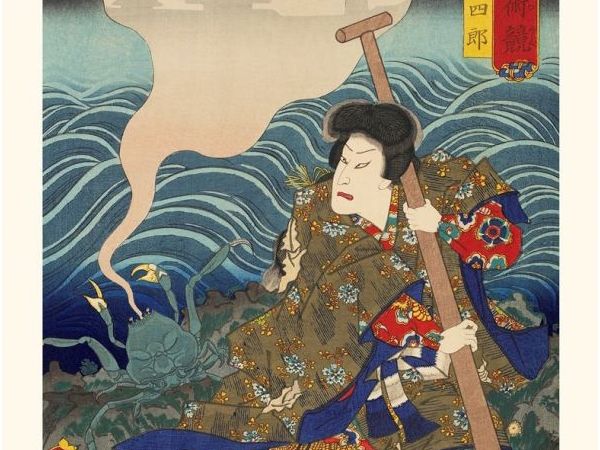

.jpg)
